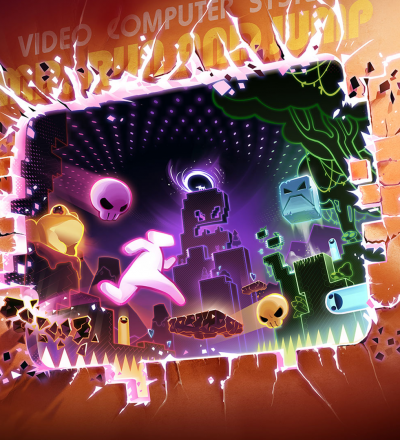Here at Graphite Lab, we have begun to work heavily with Unity 3D game development software. Unity is currently one of the most well-known cross platform game engines. Right now, it supports: Windows, Mac, Linux, Android, iOS, Playstation 3, XBOX 360, Nintendo Wii, and also the Unity Webplayer, a web browser plugin for easily sharing games with others. Not having to re-code each version of the game is just one of the advantages Unity offers us when delivering smashing mobile and console gaming experiences.
Another great reason to develop with Unity 3D is its indie-friendly licensing system. A huge difference between Unity and the other leading engines is the fact that for most platforms, one license in Unity may be used to create multiple titles. Most of the other options require a new license per project. That cost can add up very quickly if you plan on producing multiple titles.
Unity 3D is not only a cross-platform engine, but it is a cross discipline tool as well. It’s not just the programmers who get to have all the fun. Artists can drag their models directly into Unity and see how they will look in the actual game. They can tweak textures, adjust animation frames and root nodes, and create custom particle effects, all without disrupting the core program. Designers can create an entire environment, place objects, and play test the game without interrupting the work of others.
Unity’s online community is very strong, and ever growing. There are always new additions being published on the Unity Asset Store, which helps developers maximize their productivity. Unity 3D itself is ever updating, adding great new features every iteration.
People often ask me about the features Unity 3D incorporates into its free vs. paid versions. These days there are several advanced 3D gaming features available at the Unity Pro level. Visit the Unity 3D Licensing page to learn more.








Leave A Comment